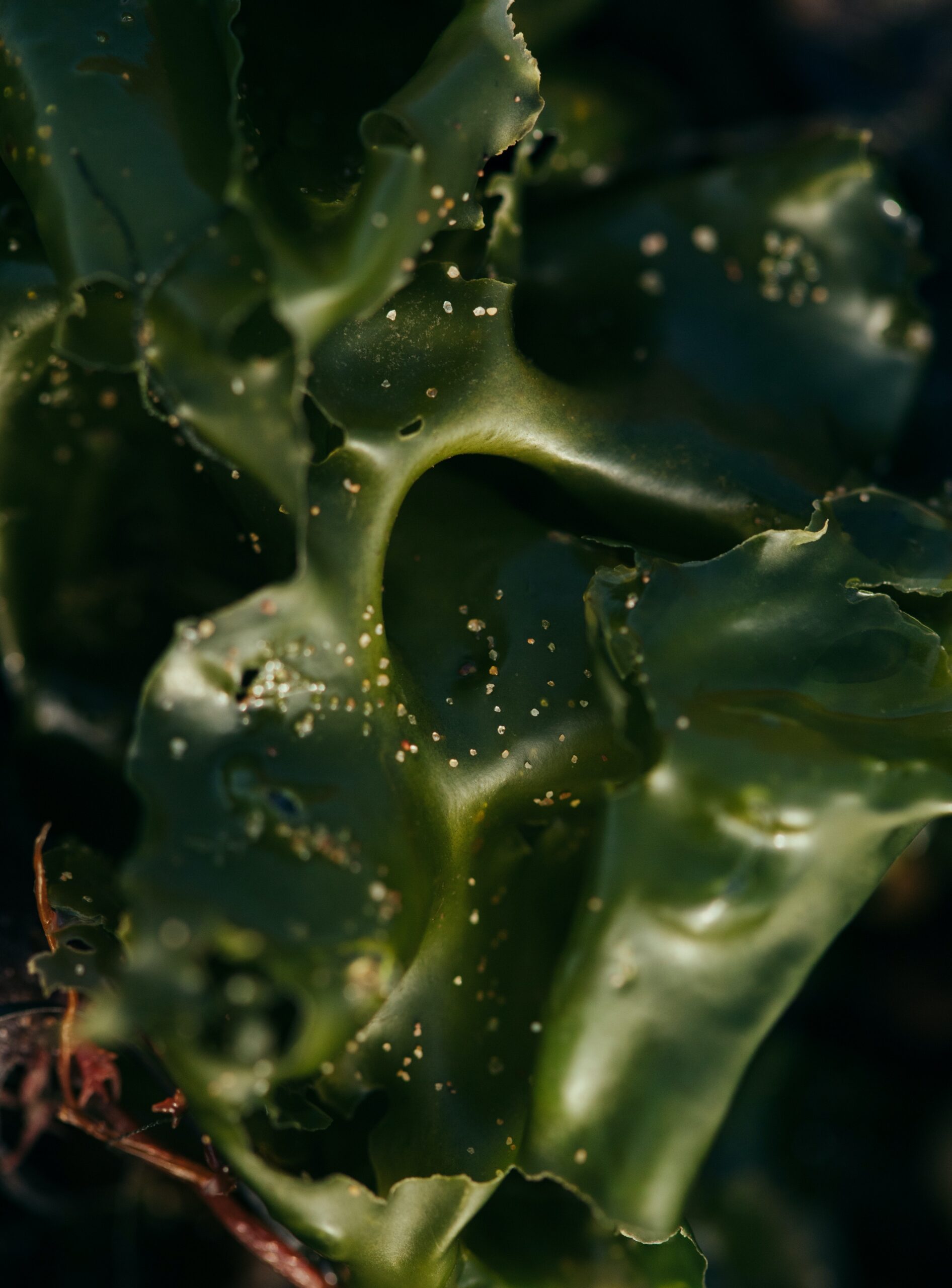A new study by a team of researchers from Germany, Great Britain and Canada has found that algae that grow under the sea ice in the Arctic are “heavily contaminated” with microplastics, posing a threat to humans in the food chain, reports UPI.
Dense algae known as Melosira arctica contained an average of 31,000 microplastic particles per cubic meter, about 10 times the concentration in ambient water, the researchers found, cited by BTA. According to them, the average ranged around 19,000, meaning that some clumps may have had as many as 50,000 microplastic particles per cubic meter.
The research was carried out at the Helmholtz Center for Polar and Marine Research at the Alfred Wegener Institute, based on samples collected during an expedition with the Polarstern research vessel in 2021. The results of the work of the international team were published on Friday in the journal ” Environmental Science and Technology”.
“Filament algae have a slimy, sticky texture, so they potentially pick up microplastics from atmospheric deposition on the sea, from the seawater itself, from the surrounding ice and from any other source they pass,” said Deoni Allen of the University of Canterbury in a media release. and the University of Birmingham, who is part of the research team.
Fish, such as cod, feed on the algae and are in turn consumed by other animals, including humans, thereby transmitting a “variety of plastics” including polyethylene, polyester, polypropylene, nylon and acrylic, which are then are found in human bodies.
“People in the Arctic are particularly dependent on the marine food web for their protein supply, for example through hunting or fishing,” says biologist Melanie Bergman, who led the study. “This means that they are also exposed to the effects of microplastics and the her chemicals. “Microplastics have already been found in the human gut, blood, veins, lungs, placenta and breast milk and can cause inflammatory reactions, but the overall consequences have so far been largely unexplored,” explains Bergman.
Clumps of dead algae also transport microplastics particularly quickly to the deep sea, which explains the high concentrations of microplastics in the sediment – another key finding of the new study. The algae grow rapidly under the sea ice during the spring and summer months, and there they form meter-long chains of cells that turn into clumps when the cells die. Within a day, they can sink thousands of meters to the bottom of deep sea waters. “We finally found a plausible explanation for why we always measure the highest amounts of microplastics in deep-sea sediments,” says Bergman. She added that research shows that reducing plastic production is the most effective way to reduce this type of pollution.
“That’s why this should definitely be a priority in the global plastics agreement that’s being negotiated,” Bergman said. She will attend the next round of talks to develop a UN treaty to reduce plastic pollution. Talks are set to begin in Paris at the end of May.
Photo by Ellie Burgin:











 English
English French
French Spanish
Spanish German
German Dutch
Dutch Italian
Italian Danish
Danish Portuguese
Portuguese Greek
Greek Russian
Russian Swedish
Swedish Bulgarian
Bulgarian Hungarian
Hungarian Catalan
Catalan Ukrainian
Ukrainian Polish
Polish Basque
Basque Chinese (Simplified)
Chinese (Simplified) Japanese
Japanese Hebrew
Hebrew Arabic
Arabic Swahili
Swahili Amharic
Amharic Irish
Irish Afrikaans
Afrikaans Albanian
Albanian Armenian
Armenian Azerbaijani
Azerbaijani Belarusian
Belarusian Bengali
Bengali Bosnian
Bosnian Cebuano
Cebuano Chichewa
Chichewa Chinese (Traditional)
Chinese (Traditional) Corsican
Corsican Croatian
Croatian Czech
Czech Esperanto
Esperanto Estonian
Estonian Filipino
Filipino Finnish
Finnish Frisian
Frisian Galician
Galician Georgian
Georgian Gujarati
Gujarati Haitian Creole
Haitian Creole Hausa
Hausa Hawaiian
Hawaiian Hindi
Hindi Hmong
Hmong Icelandic
Icelandic Igbo
Igbo Indonesian
Indonesian Javanese
Javanese Kannada
Kannada Kazakh
Kazakh Khmer
Khmer Korean
Korean Kurdish (Kurmanji)
Kurdish (Kurmanji) Kyrgyz
Kyrgyz Lao
Lao Latin
Latin Latvian
Latvian Lithuanian
Lithuanian Luxembourgish
Luxembourgish Macedonian
Macedonian Malagasy
Malagasy Malay
Malay Malayalam
Malayalam Maltese
Maltese Maori
Maori Marathi
Marathi Mongolian
Mongolian Myanmar (Burmese)
Myanmar (Burmese) Nepali
Nepali Norwegian
Norwegian Pashto
Pashto Persian
Persian Punjabi
Punjabi Romanian
Romanian Samoan
Samoan Scottish Gaelic
Scottish Gaelic Serbian
Serbian Sesotho
Sesotho Shona
Shona Sindhi
Sindhi Sinhala
Sinhala Slovak
Slovak Slovenian
Slovenian Somali
Somali Sundanese
Sundanese Tajik
Tajik Tamil
Tamil Telugu
Telugu Thai
Thai Turkish
Turkish Urdu
Urdu Uzbek
Uzbek Vietnamese
Vietnamese Welsh
Welsh Xhosa
Xhosa Yiddish
Yiddish Yoruba
Yoruba Zulu
Zulu